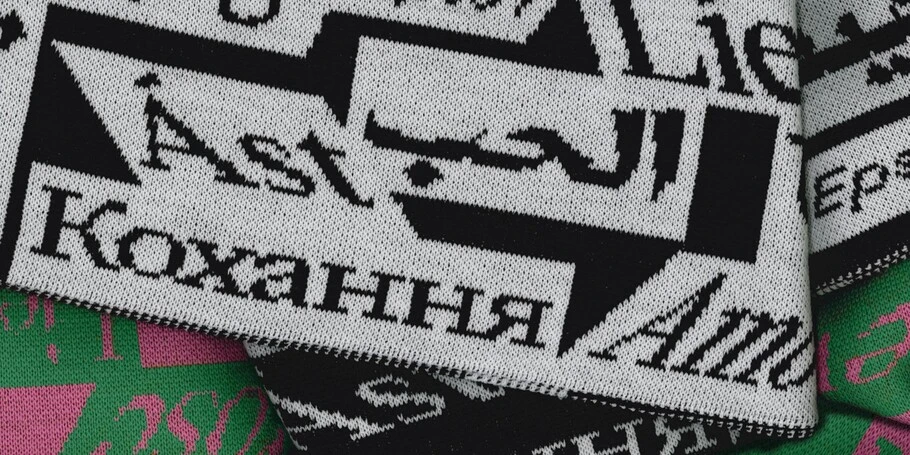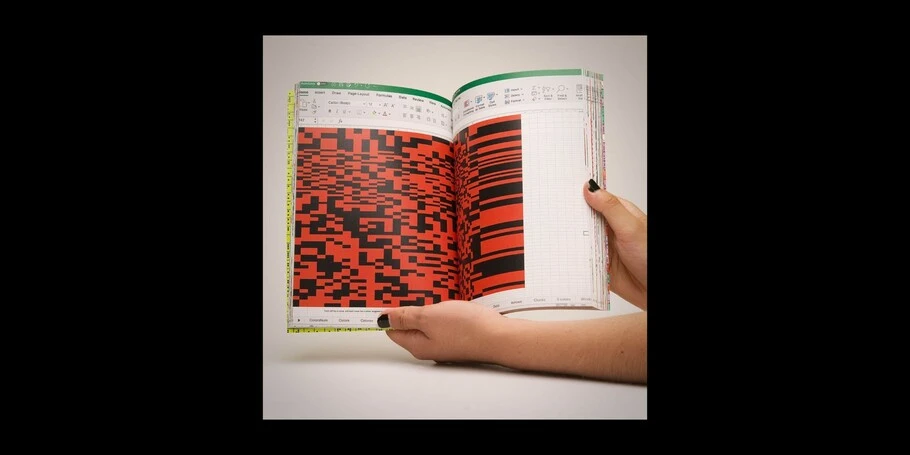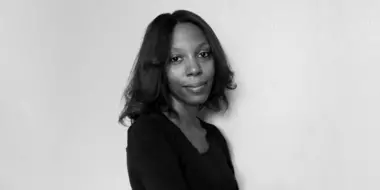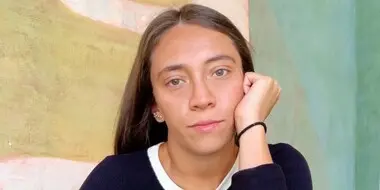Meet the 2024 Beatrice Warde Scholarship recipient: Gabriela Parra Sánchez.
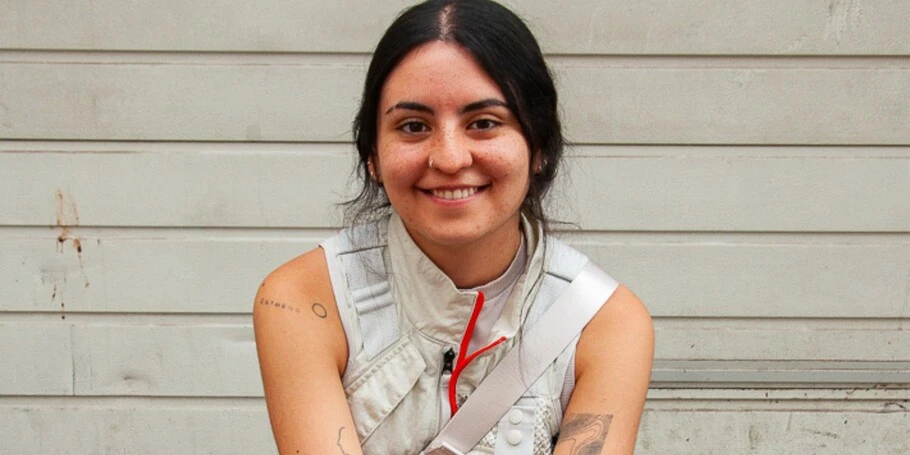
Gabriela Parra Sánchez.
Every year, Monotype and the Type Director’s Club (TDC) award the Beatrice Warde Scholarship to a young woman entering the design industry. This prestigious scholarship pays tribute to the “first lady of typography,” Beatrice Warde, a champion of type education throughout her career with Monotype and the first female member of the TDC.
This merit-based scholarship helps pay the tuition for one female college student, a rising senior, whose design work demonstrates exceptional talent, sophistication, and skill in the use of modern typography.
Previous winners include Doah Kwon (2022), Ximena Amaya (2021), Tatiana Lopez (2020), Blossom Liu (2019), Anna Skoczeń (2018), Tasnima Tanzim (2017), Ania Wieluńska (2016), and Rebecca Bartola (2015).
We spoke with the 2024 scholarship winner, Gabriela about how she draws from her Colombian roots and German academic experience to craft a bold, unique style, her creative practice as a form of activism, and how her work can spark deeper conversations about social, political, and environmental issues.
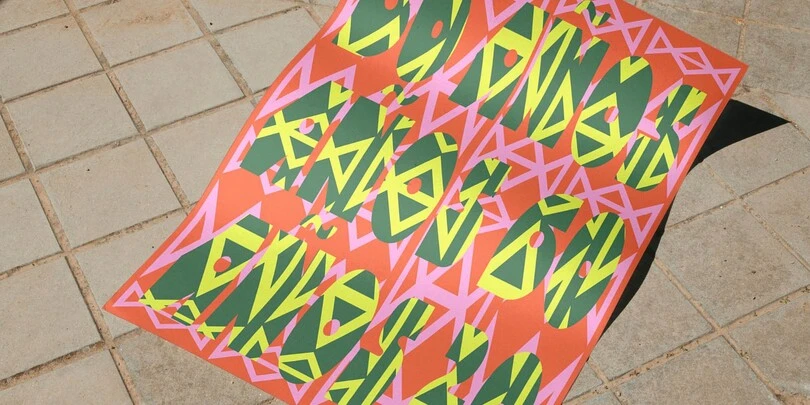
What made you decide to study design—were you always interested in creative pursuits?
Yes! In my family, we have what we call a “creative vein.” Though it manifests in different areas and fields, we all share a love for imagining and bringing our dreams and passions to life. From a very young age, I loved to draw and paint. I had a collection of markers and art supplies, enjoyed making posters for school, and even personalized my friends’ notebooks.
It wasn’t until my final years of high school that I started to seriously consider what I wanted to pursue. I weighed options like architecture and industrial design before ultimately choosing graphic design, which is where I truly feel I belong.
How would you describe your design style?
I would describe my style as a contrast between the warmth and fertile spirit of Colombia, where I was born, and the meticulous coldness of Germany, where I am currently studying and living. I enjoy developing bold visual pieces that encompass various disciplines, including typography, editorial, and graphic design, often passionately combined. My practice seeks to displace societal conventions, humorously and poetically provoking their origins, often with a political tone.
How do you use design as activism?
Just as I thoughtfully consume design, I aim to create it with the same level of intention. I seek out artists and designers whose sensitivity and awareness of the world resonate with me. Design is meant to be questioned; as designers, we have a unique ability to respond to and reflect on human behavior. More importantly, as humans, we should challenge and open up conversations about the world around us. Through my work, I address topics that concern me—not just socially or politically, but also environmentally.
Of course, this is my personal perspective on how design can serve as a form of activism. For instance and as an invitation, you can learn, support and share what we do at SoliType.
Project developed together with Ossian Osborne.
Can you share some of the real-world problems you’re particularly interested in tackling with design?
Sure! To be very honest, many situations in the world we live in are deeply painful to me, and I wish I could discuss them more. Personally, I am very interested in addressing and exploring decolonialism, which, of course, involves unraveling numerous related issues. Over the past 10 months, I can say with certainty that my main focus has been the ongoing genocide.
What role do you think type can play in these kinds of projects?
Typography can definitely play a central role, and I love it when typography makes a message stand out. I believe that when we first encounter any text, it’s not just the message that we should focus on, but also how it speaks to us. Type is so versatile that it allows us to understand languages we don’t even know and helps us hear amidst the noise.
What kinds of projects are you working on lately?
The only project I am currently working on is my bachelor’s project. As I am about to complete my studies in Visual Communication, I am fully focused on developing a significant project that explores my migratory experience—living in a state of liminality, the challenges I’ve faced, and how to adapt to new territories while embracing world-making strategies. I am very excited about it!
How did you hear about the Beatrice Warde scholarship?
I learned about this opportunity through my professor. The people in charge of the Typography and Type Design department at my university have encouraged us students to engage with these kinds of chances and awards.
What do you think made you stand out as a winner for the scholarship?
It’s very hard to think about it knowing how many talented women apply. I can’t think about my work without considering all the amazing people who have surrounded me—those who have taught and helped me, embraced me, and been by my side.
I believe my work has been shaped by my growth, experiences, and what motivates me, as well as what I’ve learned and definitely loved. I put a lot of passion into everything I do, and I hope that’s what resonated with the jury.
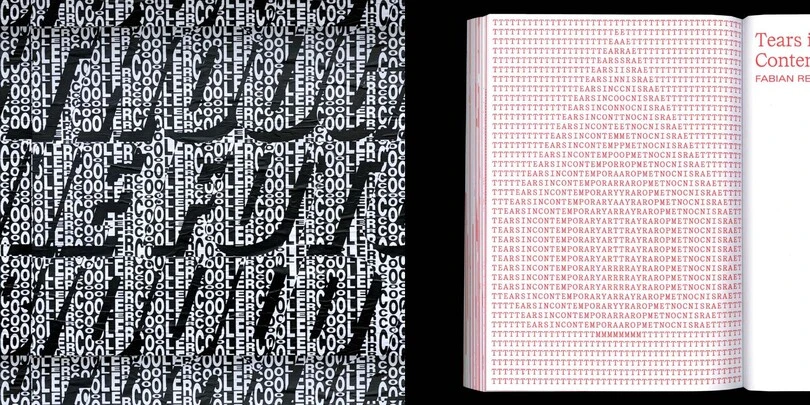
What does the award mean to you personally?
It means a lot, especially since I thought my chances of winning were quite low. Over the past six months, I’ve received many beautiful blessings, both academically and personally, and this scholarship is one of them. I am grateful for it because it represents and celebrates years of sacrifices, effort, and growth. I feel very thankful to TDC and Monotype for recognizing my work and motivating me to continue doing what I love.












